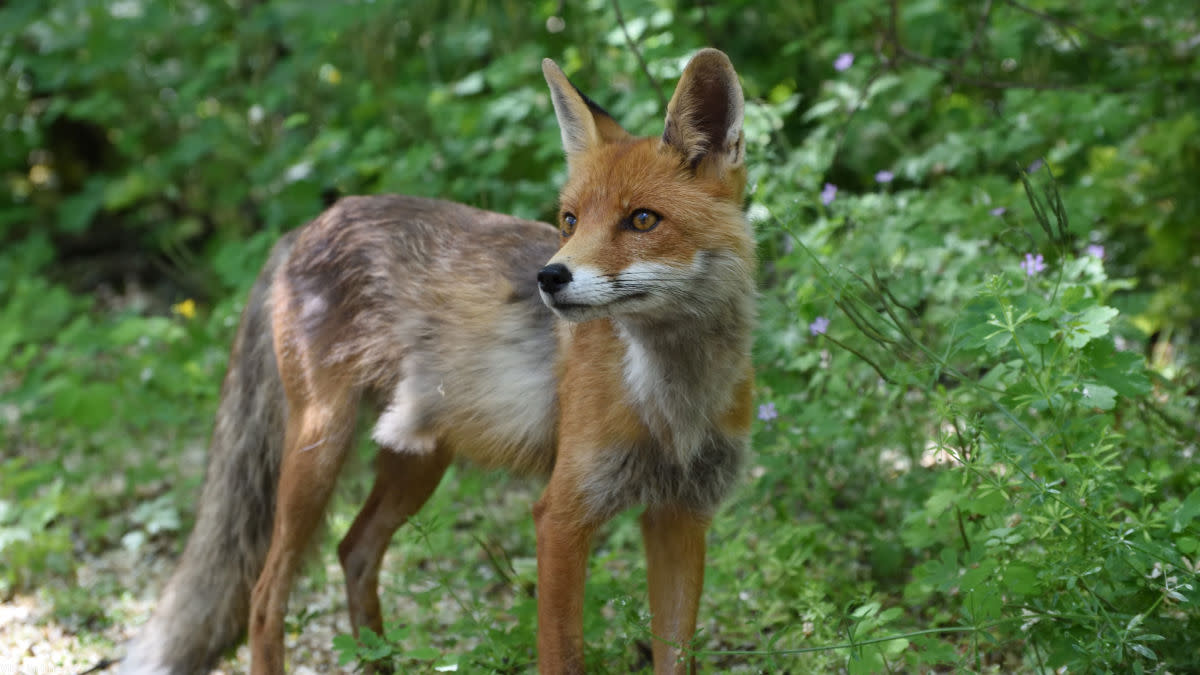
There’s a difference between book smart and bar smart. You may not be book smart, but this series can make you seem educated and interesting from a barstool. So, belly up, pour yourself a glass of something good and take mental notes as we look at radioactive animals.
Earlier this week, the 71st Primetime Emmys celebrated excellence in television. While MeatEater was snubbed again, HBO’s Chernobyl ended the night with 19 nominations and 10 awards, making it one of the most decorated mini-series of all time.
The show is, of course, based off events following April 26, 1986, the date of the worst nuclear disaster in human history. While we often associate that tragedy with thousands of deaths and tens of thousands of injuries, we rarely consider how the nuclear fallout affected wildlife in Ukraine. Surprisingly, it’s not all bad (but most of it is).
Dozens of species are still found in the evacuation zone, including horses, wolves, badgers, swans, moose, turtles, deer, foxes, beavers, boars, bison, mink, hares, otters, lynx, eagles, rodents, storks, bats, owls, and more.
The critters at the bottom of the food chain have endured the most effects. Invertebrate populations, including bees, butterflies, spiders, grasshoppers, and dragonflies, have been decimated over the last 30 years. Biologists say this is because most insects lay their eggs in the top layer of soil where radioactive levels are highest.
Fish, amphibians, and crustaceans have experienced similar genetic instability. And although the giant Wels catfish, zander, and perch that live in the cooling ponds appear healthy, their growth has been severely stunted, despite the lack of humans or predators.
Chernobyl’s avian creatures have more obvious deformities. One study on barn swallows found that those around Chernobyl have developed a grab-bag of abnormalities, such as soft beaks, albinistic feathers, bent tail feathers, deformed air sacs, smaller brains, malformed sperm, and cataracts.
Animals atop the food chain are taking advantage of the lack of humans and weakened prey. Big predator populations have skyrocketed; more brown bears and wolves currently live in the area than humans. Less common are Eurasian lynx, a vulnerable species that was extirpated in Western Europe through deforestation and hunting. Now, the lynx are staging a comeback around Chernobyl, going from a population of zero in the ‘80s, and 15 in the ‘90s, to several hundred today.
Few mutations have been documented among the zone’s top predators, but that doesn’t mean they’ll have the upper hand forever.
“Not all mutations are bad. Mutations are the bread and butter of diversity and can enhance proteins, or gene expression patterns, etc. but they can also be harmful,” said Bridgett vonHoldt, an evolutionary biologist at Princeton. “In 2014, researchers found that some birds in the zone are now producing more antioxidants, chemicals that fight the cellular damage inflicted by radiation.”
That’s less exciting than pizza-loving, crime-fighting, mutant turtles, but a great reminder for how resilient nature can be, even when we do our damnedest to screw it up. Maybe the best thing we’ve done for Chernobyl is to leave its wildlife alone for 30 years.
Feature image via Wiki Commons.






Conversation